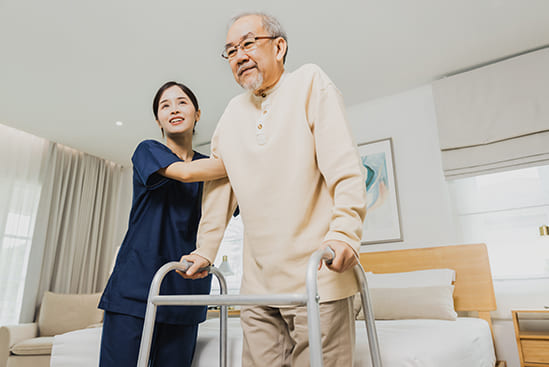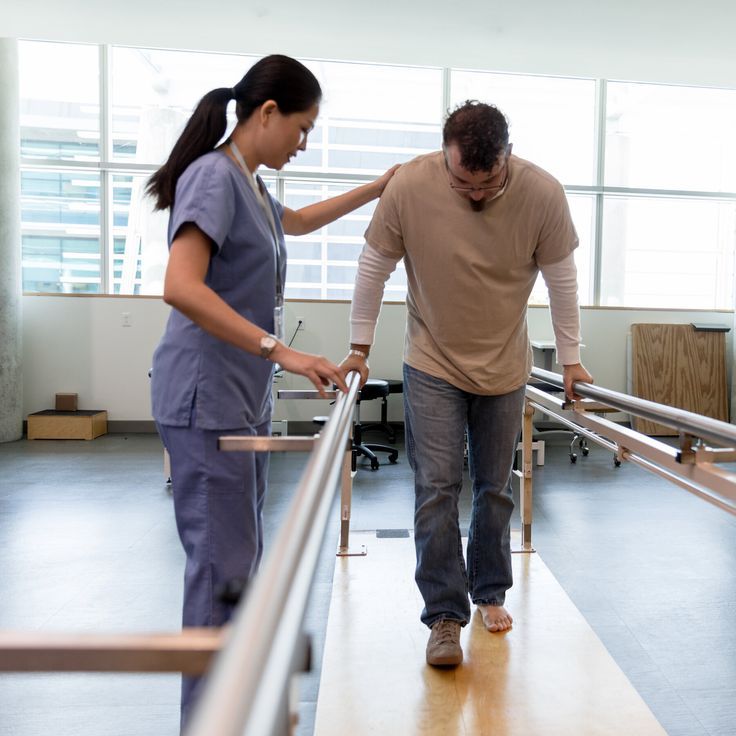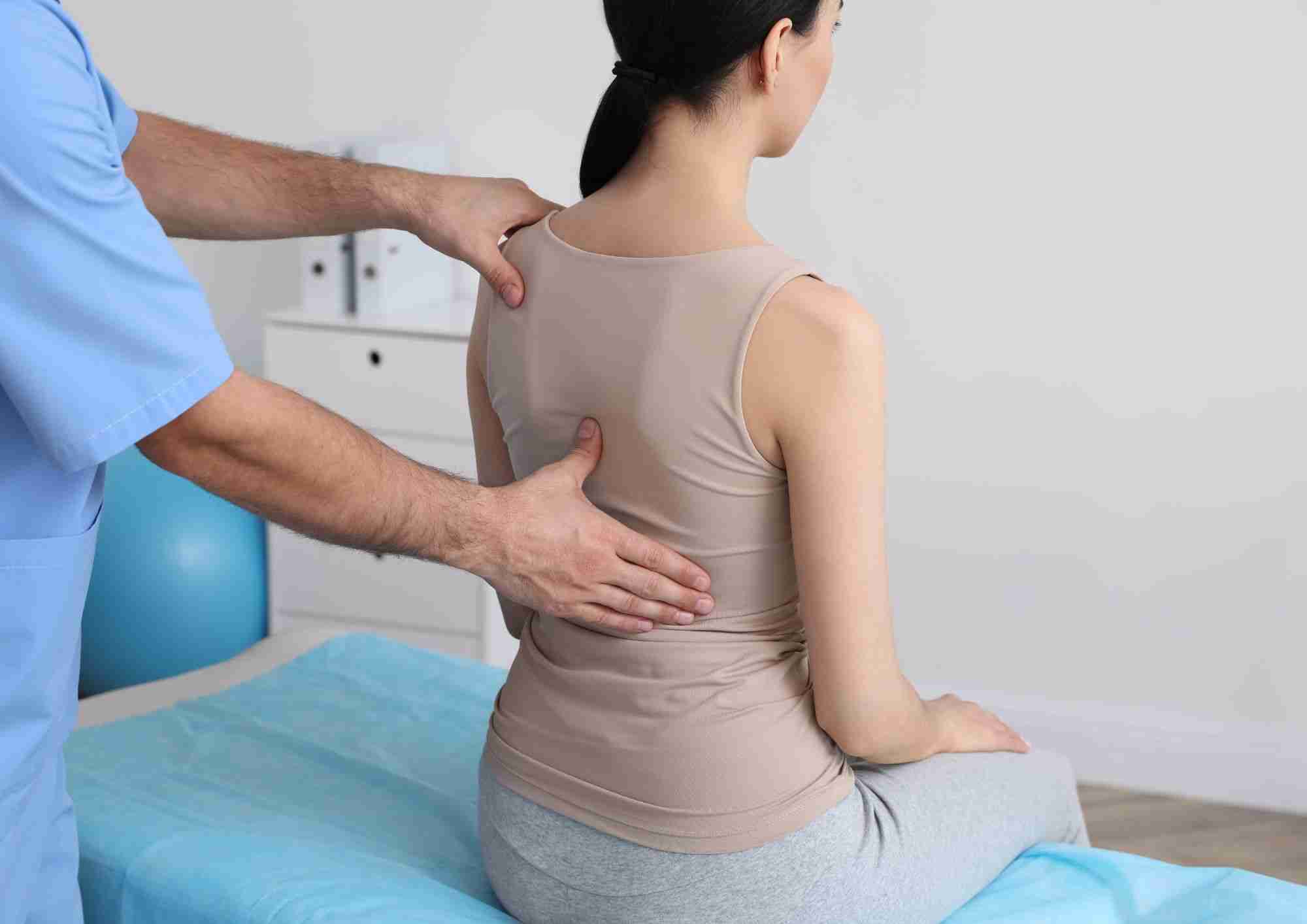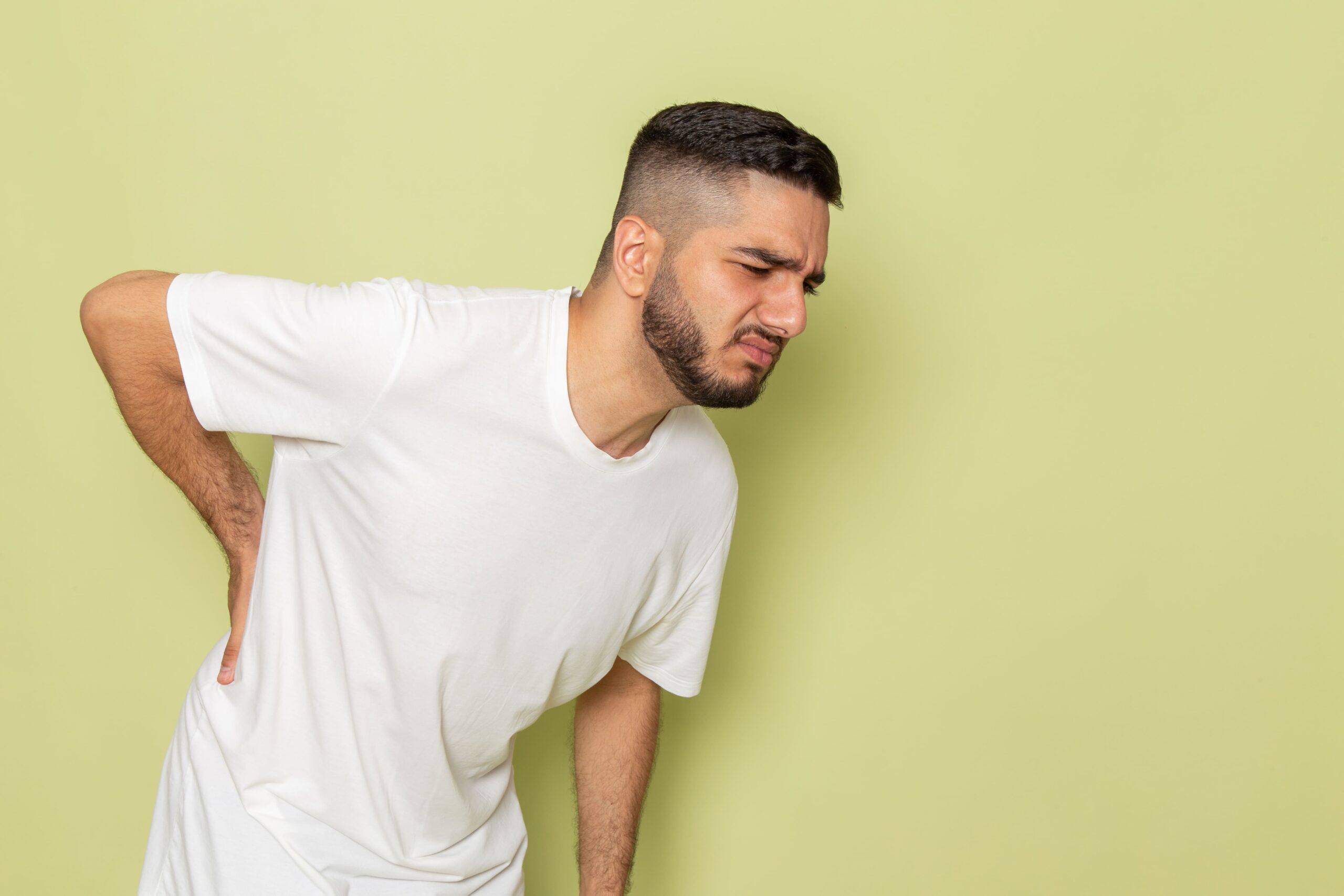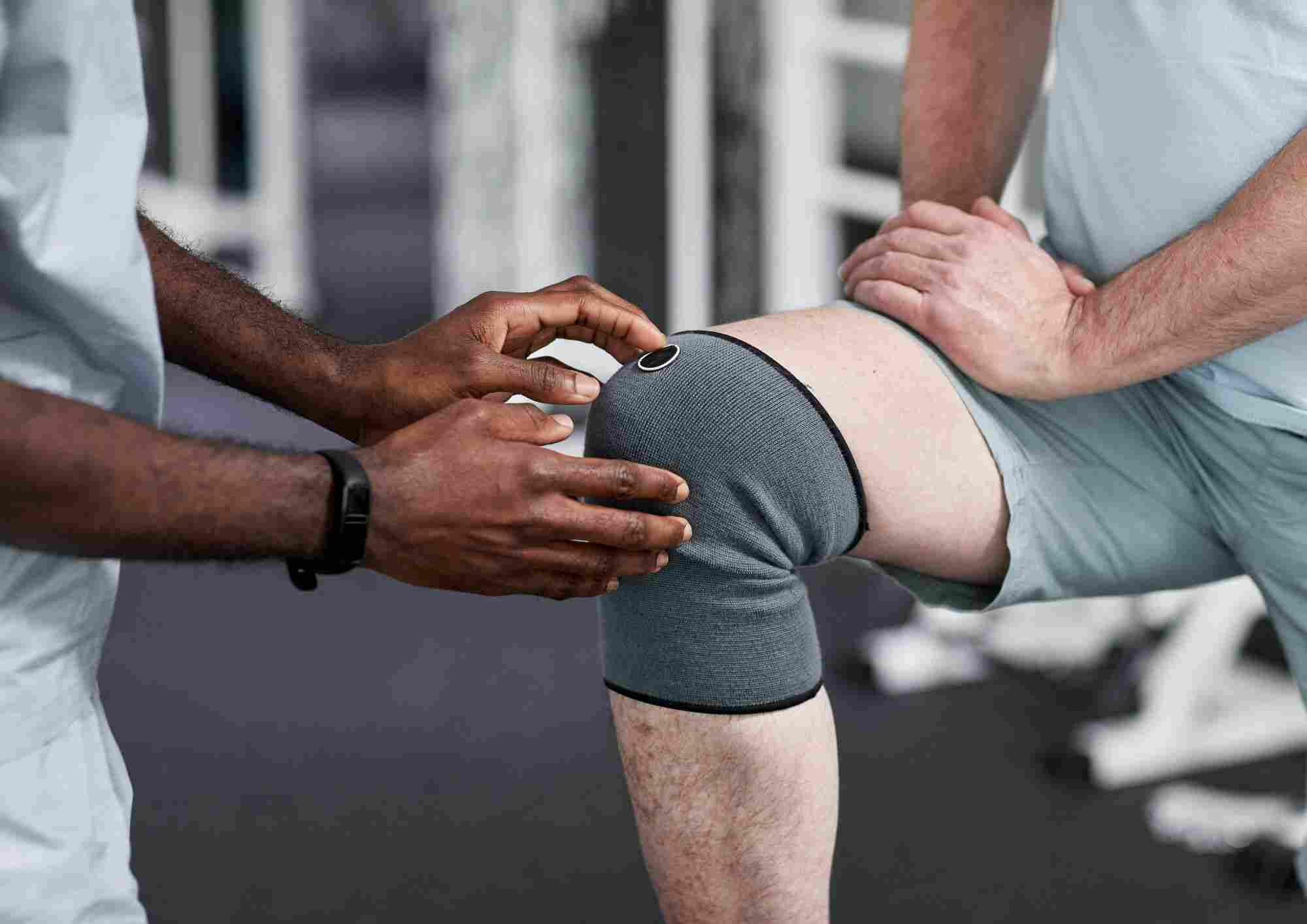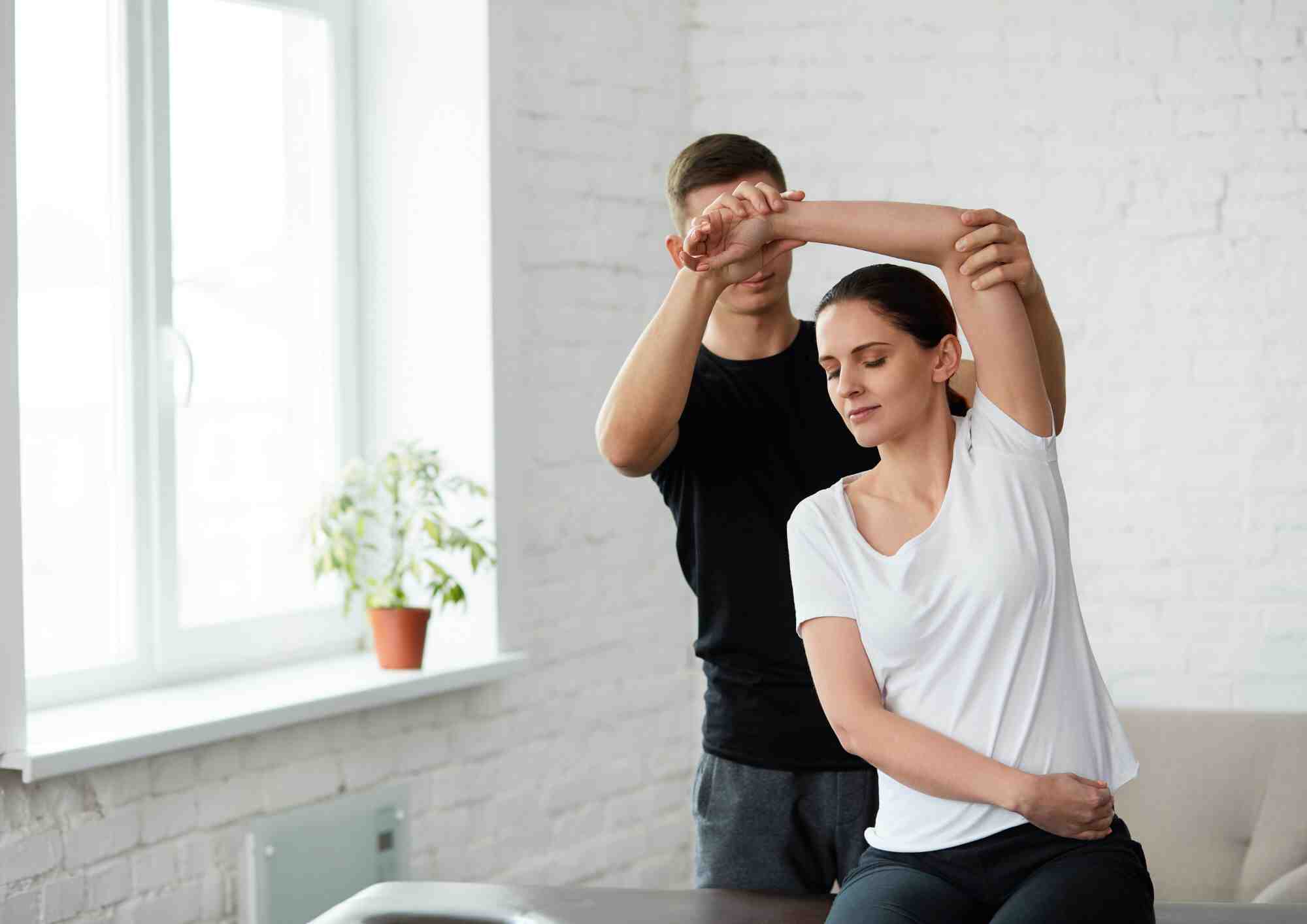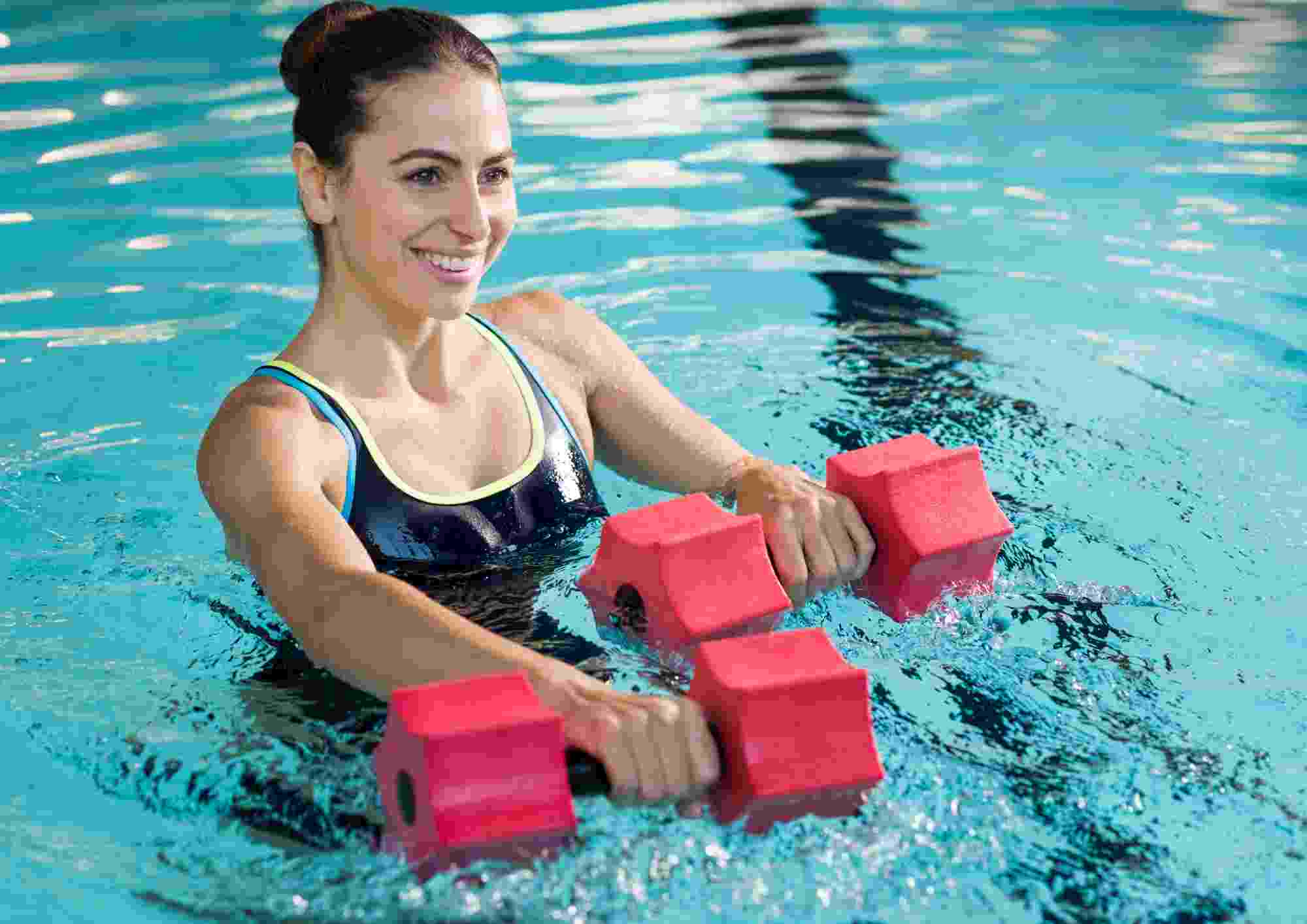

Physiotherapy for Slip Disc: Treatment Options Explained
A slip disc, also known as a herniated disc, is a common spinal issue that can cause pain, numbness, and weakness in the back and limbs. The spine is made up of vertebrae separated by discs, which act as cushions and support the spine’s movement. When one of these discs slips out of place or ruptures, it can press on nearby nerves, leading to discomfort. One of the most effective treatments for slip disc injuries is physiotherapy. In this article, we’ll explore the different physiotherapy options for slip disc, how they help, and why they are considered essential in managing and recovering from this condition.
What is slip disc?
The discs are situated between each vertebra in the spine, helping to maintain its flexibility and absorb the shock from everyday movements.
A slipped disc happens when the outer layer of the disc (annulus) tears, causing the inner gel-like substance (nucleus pulposus) to push out and press on the nerve root.
This condition is also referred to as a ‘herniated,’ ‘ruptured,’ or ‘prolapsed’ disc.
Symptoms of slip disc
The symptoms of a herniated disc can vary depending on the location of the issue in your spine. While pain is a common symptom across the back, the specific area where the disc has slipped may cause additional and distinct symptoms.
Symptoms of a herniated disc in your lower back (lumbar herniation): A herniated disc in the lower back often leads to “sciatica” — sharp pain that radiates from your buttocks down one side of your leg and possibly into your foot. Other symptoms may include:
- Back pain
- Tingling or numbness in the legs and/or feet
- Muscle weakness
Symptoms of a herniated disc in your neck (cervical herniation): If the disc is in your neck, symptoms may include:
- Pain near or between the shoulder blades
- Pain radiating to the shoulder, arm, and sometimes the hand and fingers
- Neck pain, especially at the back and sides of the neck
- Pain that worsens with neck movements such as bending or turning
- Numbness or tingling in the arms
What causes a slipped disc?
The primary cause of a slipped disc is the gradual wear and tear of the spine. As you get older, your discs lose their elasticity and become more vulnerable to damage or rupture, even with minor strains or twists.
Any activity that places pressure on the spine can potentially cause a slipped disc. This includes:
- Injury from improper lifting techniques, such as using your back muscles instead of your legs and thighs to lift heavy objects.
- Traumatic events, such as a fall or direct blow to the back, though this is a rarer cause.
What are the risk factors for a slipped disc?
Several factors can increase the likelihood of experiencing a slipped disc:
- Age: Slipped discs are more common in individuals between the ages of 30 and 50, with men being twice as likely to experience them.
- Genetics: A family history of slipped discs can increase the risk, indicating a genetic predisposition to the condition.
- Occupation: Jobs that involve strenuous physical labor can raise the risk of developing a slipped disc.
- Poor posture: Bad posture, whether while exercising or sitting for extended periods, can contribute to disc problems.
- Smoking: Smoking reduces the ability of the discs to absorb essential nutrients, speeding up disc degeneration and causing further damage.
- Weight: Excess body weight places additional stress on the discs in the lower back, increasing the risk of injury.
How Physiotherapy Helps with Slip Disc Recovery
Physiotherapy plays a crucial role in treating a slip disc, helping to manage pain, promote healing, and restore normal movement. Unlike medication or surgery, physiotherapy addresses the root cause of the issue by strengthening the muscles supporting the spine, improving flexibility, and reducing nerve compression. With the right physiotherapy techniques, individuals with a slip disc can experience significant relief and recovery.
Here are some of the most common physiotherapy treatments used for slip disc:
1. Manual Therapy
Manual therapy is a hands-on approach that focuses on the manipulation and mobilization of joints and tissues. It aims to reduce pain and improve spinal movement by gently stretching and massaging the affected area. For slip disc patients, manual therapy can:
- Relieve muscle tension and spasms
- Improve circulation around the affected area
- Increase mobility and range of motion
A physiotherapist may use techniques such as joint mobilization, soft tissue manipulation, or myofascial release to reduce the pressure on the spinal nerves.
2. Stretching and Strengthening Exercises
One of the key components of physiotherapy for a slip disc is a tailored exercise program. The right exercises can help strengthen the muscles surrounding the spine, improving posture and reducing the risk of further injury.
Stretching exercises help maintain flexibility in the muscles, which can alleviate tension in the back and reduce disc compression. Some common stretches for slip disc include:
- Hamstring stretches
- Lower back stretches
- Hip flexor stretches
Strengthening exercises focus on building core strength to support the spine and reduce the load on the discs. Core muscles like the abdominals, glutes, and lower back muscles help stabilize the spine, promoting proper alignment and reducing pressure on the affected disc. Key exercises for strengthening the spine may include:
- Pelvic tilts
- Bridging exercises
- Plank variations
- Cat-cow stretches
A physiotherapist will design an individualized exercise program to suit the patient’s condition and progress over time.
3. Posture Correction and Ergonomics
Poor posture is a significant factor in aggravating a slip disc. Slouching or sitting in a position that puts unnecessary pressure on the spine can worsen symptoms. A physiotherapist will work with the patient to improve their posture both during daily activities and at rest.
Proper ergonomics are also emphasized in physiotherapy for slip disc. This involves teaching the patient how to sit, stand, and lift objects in ways that protect the spine. For example:
- Maintaining a neutral spine position while sitting
- Using supportive chairs and mattresses
- Lifting objects with the legs, not the back
By improving posture and adopting correct ergonomics, patients can prevent further strain on the spine and reduce the chances of re-injury.
4. Heat and Cold Therapy
Heat and cold applications can provide immediate relief for slip disc symptoms. Cold therapy helps reduce inflammation and numbs the affected area, while heat therapy promotes blood flow and relaxes tight muscles. A physiotherapist may use these modalities as part of a treatment plan to help manage pain and swelling in the early stages of recovery.
For example, ice packs may be applied for 20-minute intervals to reduce acute pain, and heat pads may be used to relieve muscle tension and promote relaxation. A physiotherapist can advise when and how to use these therapies for the best results.
5. Traction Therapy
Traction therapy involves applying a gentle stretching force to the spine to relieve pressure on the discs and nerves. This technique can be particularly effective for individuals with a herniated or slipped disc, as it helps reduce nerve compression and encourages the retraction of the slipped disc.
Traction therapy can be performed using mechanical equipment, such as a traction table, or manually by the physiotherapist. This treatment option should always be performed under the supervision of a trained professional to ensure it is done safely.
6. Education and Self-Care Strategies
In addition to hands-on treatments, physiotherapy for a slip disc involves educating the patient about how to manage their condition. This includes advice on lifestyle changes, posture adjustments, and exercises to perform at home.
A physiotherapist will guide the patient on how to:
- Avoid activities that could strain the back
- Implement self-care practices such as gentle stretching
- Monitor symptoms and adjust daily activities accordingly
By understanding their condition and taking an active role in their recovery, patients can reduce the risk of further disc injuries and achieve long-term relief.
Why Physiotherapy is the Best Treatment Option
Physiotherapy offers numerous benefits for individuals with a slip disc:
- Non-invasive: Unlike surgery or invasive procedures, physiotherapy is a natural, non-invasive treatment option with minimal risks.
- Personalized: A physiotherapist tailors the treatment plan based on the specific needs and condition of the patient, ensuring the best outcomes.
- Long-term results: While medication may offer temporary relief, physiotherapy addresses the underlying cause of the problem, helping patients experience long-term recovery.
Conclusion
In conclusion, physiotherapy plays a vital role in the management and recovery of a slipped disc. Through targeted exercises, manual therapy, posture correction, and other non-invasive techniques, physiotherapy helps relieve pain, strengthen the muscles surrounding the spine, and improve overall mobility. This approach addresses the underlying causes of the condition and promotes long-term healing, often reducing the need for surgical intervention.
Before opting for surgery, it’s crucial to explore physiotherapy as the first line of treatment. Many individuals experience significant relief and improvement without the need for invasive procedures. At Synapse Physiotherapy, we provide personalized rehabilitation programs tailored to each individual’s needs, helping you regain strength, flexibility, and confidence in your recovery journey.
Start your rehabilitation at Synapse Physiotherapy today, and take the first step towards a pain-free, healthier spine!
Tags :
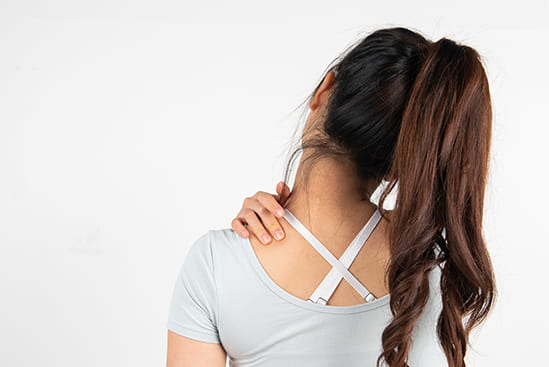
Back & Neck Pain
- Spine & Core Rehabilitation
- Strength & Conditioning Programme
- Pain Management
- Biomechanical Assessment
- Sports Physiotherapy
- Group Class
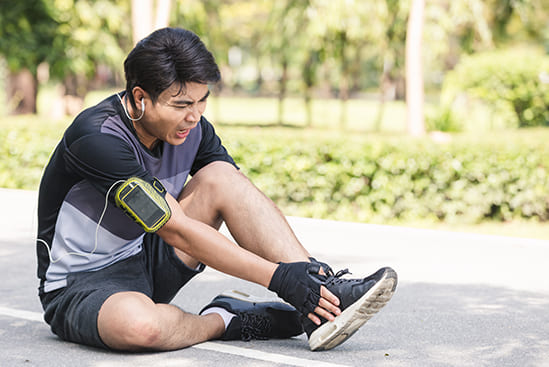
Sports Injuries
- Strength & Conditioning Programme
- Pain Management
- Biomechanical Assessment
- Sports Physiotherapy
- Shockwave Therapy
- Group Class
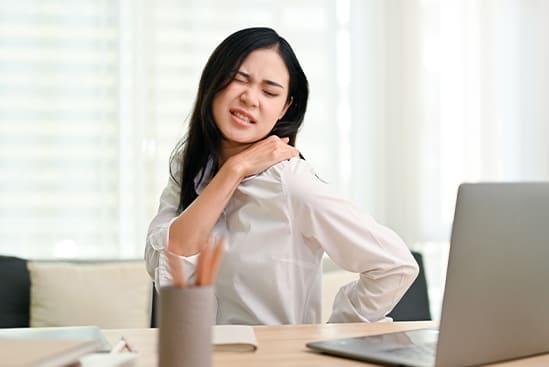
Work Desk Injuries
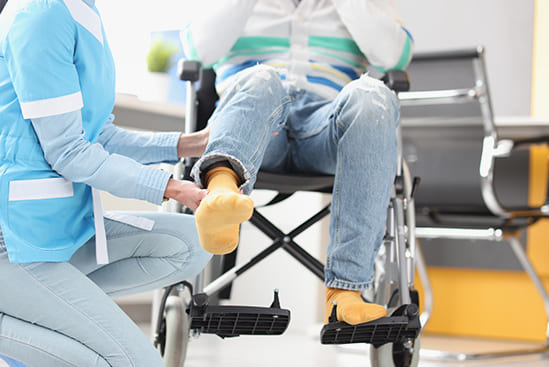
Pre-Post-Surgical Conditions
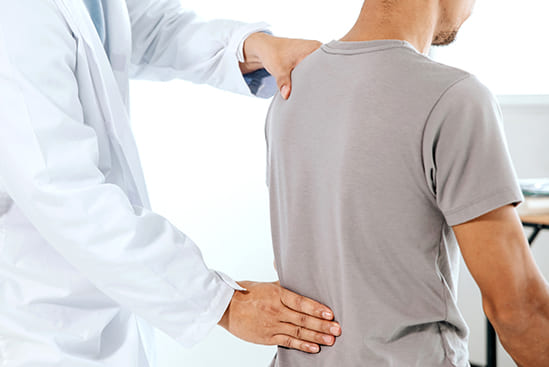
Scoliosis & Postural Abnormalities
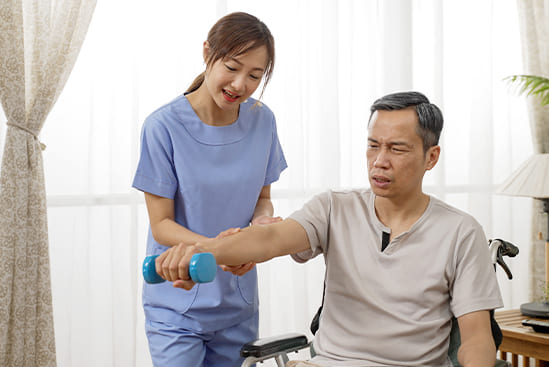
Neurological Conditions
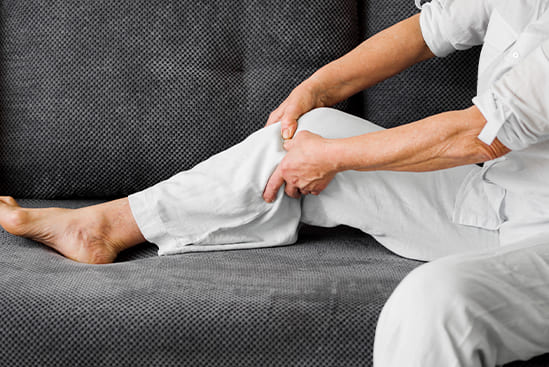
Osteoarthritis & Rheumatism
Joint degeneration and inflammation happens as the human body grows older, but that does not mean our way of life degenerates as well. Relief your joint pains with a joint effort together with your physiotherapist, who will provide pain-relief treatments and prescribe exercises for your wellbeing.
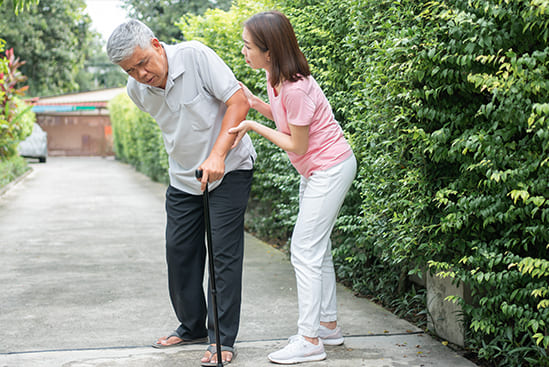
Conditions Relating To Elderly
Common conditions in the older age population include hips & knee pain, back & neck pain, osteoarthritis, rheumatism, fear of falling and many more. Aging and degeneration of bodily function is inevitable, but here at Synapse, we will help you live the best of your life.
